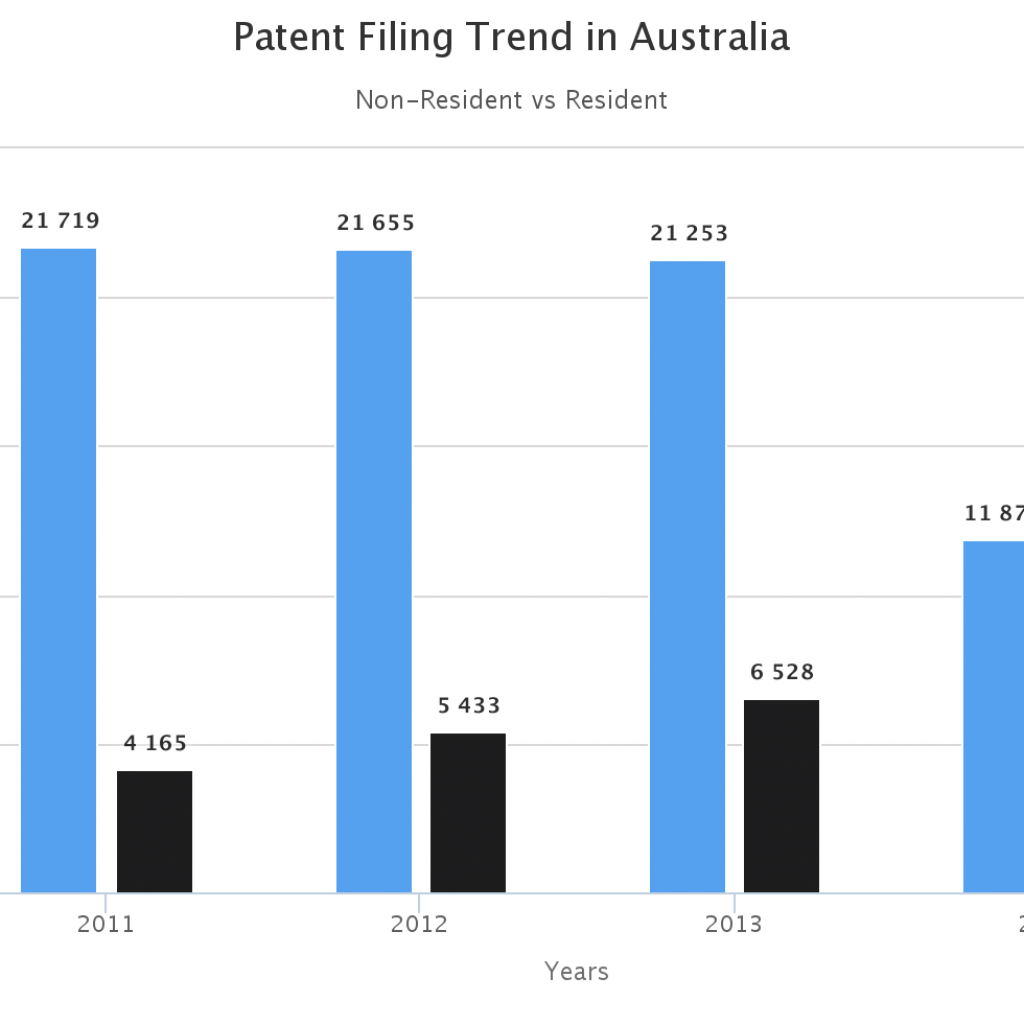We all know the power a strong patent portfolio holds. However, when it comes to monetizing it, it’s not always a walk in the park.
A list of target companies needs to be generated, infringement needs to be identified, that too in jurisdictions which would improve the chances of an agreement taking place and yield great ROI.
In this overall process, where a target company is identified, and you want to get onto the next step of figuring whether or not they’re infringing, what if you strike an obstacle? An obstacle so significant, you might want to give up and move onto the next target.
Has it ever happened to you?
What would you do in such a scenario?
If you share our cultural DNA, you would somehow find a way around. In the case, I am about to share with you today is a narrative of a real situation where we got rid of such an obstacle.
Our client wanted to license their patents to a Fortune 500 organization
I shared in an earlier post how we were able to help a company by helping them find a list of companies they could target based on their portfolio rather than just generating claim charts (aka acting like a vending machine).
For this project, the list of potential licensors also included a few Fortune 500 organizations too, Smar Tech* being one among them. Smar tech had a line of smartphone products that were very relevant to our client’s portfolio and we had a strong belief that the overlap of their products on the patents could be confirmed.
When shared with Quinn (CTO of the company), we had the go-ahead to prepare charts with an objective to license their portfolio of Chinese patents to Smar once charts are ready. The plan was to target the products which were being manufactured in China. Because with that approach, our client could go for an injunction, which might affect Smar’s sales around the world and improve our client’s chances of getting through that licensing project.
But there was a roadblock
A few days into the project, we received this mail from Quinn:
“I’ve done some research over the past week, but I’ve been unable to determine where Smar manufactures its products.”
It was difficult to identify the details of the manufacturing plant online. The reason being that most companies outsource the manufacturing to third parties which are Chinese and do not disclose all the details.
Quinn wanted to stop the search because based on his research there was no proof that Smar’s mobile devices are Made in China. We didn’t want to conclude without confirmation on our side, so we did more digging online but all in vain. We had to agree with Quinn that details of manufacturing plants did not exist online.
However, as we often say, “If it truly exists, we do a damn good job at finding it.” While discussing internally the mail received from Quinn, and any possible avenues missed that could help establish Smar manufactures its products in China, I had an epiphany.
The Idea that changed our Client’s thought process
You see, all the hardware products have labels attached to them. If we could locate the label on their product and check the “Made in ” info, it should solve our problem.
With that insight, we did an online search for the boxes and labels for Smar’s products, and we found this:
 The Made in China label on the products. We quickly shared this over a quick mail to Quinn. This is the mail we received the next morning from Quinn.
The Made in China label on the products. We quickly shared this over a quick mail to Quinn. This is the mail we received the next morning from Quinn.
Hi Muzammil,
Alright good finds on the mobile devices. You’ve convinced me that is worth pursuing, especially in light of the FCC labels.
As an aftermath, the claim charts were prepared and infringement confirmed, with Quinn’s company currently being in the negotiation phase with Smar.
This outcome might not have been possible if it weren’t for the curiosity to figure a way to find where these products are manufactured. We had an intuition about Smar Tech manufacturing its products in China, but the court wants facts. In another post, my colleague Arindam shared five traits we look for in a Greybian. While I agree that each individual should have all of them, for me, curiosity takes the cake. It has helped me in multiple cases, including this one, and I am pretty sure in many more to come.
To being curious!
Authored by: Muzammil Hassan, Manager, Infringement.
CMO’s Note: Want to know more about our cultural DNA and how we think? Click here to be exposed to a wide range of experiences that helped us become the best version of ourselves, and throws light on our cultural DNA. Do you need to read it? If you’d like to work with us, you really should. It is always a good idea to understand the thought process of your next search vendor partner.









